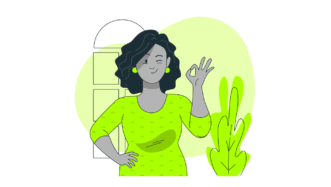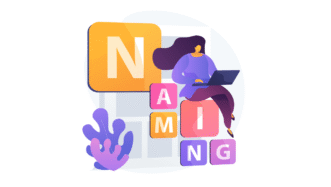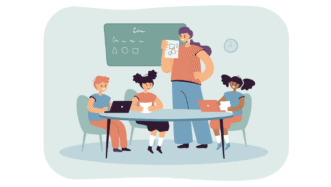LESSON OVERVIEW
This flipped classroom worksheet is based on a fabulous speech by Sarah Kay on poetry that can educate, entertain and eventually change the world. It is a General English worksheet and it is prepared for C1/C2 (advanced) learners.
C2 / Proficiency30 minFlipped LessonUnlimited Plan
This is a Flipped Classroom lesson plan. In a nutshell, it means that the first part of the lesson needs to be done by students at home. Learn more about flipped classroom and how we implement it in these lesson plans in our post.
PRE-CLASS ACTIVITIES
Pre-class activities focus mainly on vocabulary, In the first exercise, students need to complete the provided sentences with the correct names of body parts. This way they will get to know fixed phrases such as toss one’s hair, clap one’s hands, stick one’s tongue out, etc. All these phrases appear in the speech. Next, students work on another vocabulary task. They have to rewrite sentences using the words in brackets. Again, all the words/phrases come from the video. Finally, students watch the video and answer three comprehension questions.
IN-CLASS ACTIVITIES
In-class activities start with a discussion about the speech and poetry in general. However, before moving to the discussion, you might want to check whether students did their homework and understand vocabulary from the worksheet. Make your students work in pairs. Give each of them three cards and ask them to show them to their partners. The other person has to guess what their partner is showing them.
Then, students have to work in pairs and prepare a different list: A) Three things they should have learned by now; B) Three things that they know to be true. Next, they have to exchange their lists and ask their partners follow-up questions about things on the lists. To extend this task (and practice reported speech), you can make your students change partners and report to them what their previous partners told them.
WORKSHEETS
Subscribe to unlock these and many other Standalone lesson lesson plans with the Unlimited plan
Subscribe














Hi there, will there be an online version of this lesson available before November by any chance?
-Asha 🙂
Well, since you asked, we decided to do it 🙂 BTW we’ve also updated the worksheet itself a bit. Enjoy!
Hello you two! Loving the content, and you’re still saving me so much time, I appreciate it! The only thing I wonder is if there could be a greater variety in C2 lesson plans? I also wouldn’t say this lesson is C2 material other than the video. Is there just no demand for C2? Thanks again for everything!
Hi Natasha! We’re going to publish more C2 lessons in the future. For the time being, I encourage you to check out some of the C1 lessons – I bet some of them are going to be challenging/interesting for C2 learners as well. IMHO, the video from this lesson is C2 for sure and the language is a bit advanced as well that’s why we tagged it C1/C2.
I second this. I wish there were more C2 lessons..
I tried this lesson today, and although I appreciate the lesson, I felt the video was very long and the variety of vocabulary for this level seemed limited. I think this could be a super lesson with a few modifications. I ended up adding questions regarding favourite poets and extracts of poetry to analyse.
Thanks for your feedback! This is one of our older lessons which is not so extended. The video is very long, so that’s why this is a flipped lesson and students are asked to watch it at home. I agree that there could be more tasks to make students speak. Your idea to supplement the lesson with a few more questions about poets sounds great! Also, you can use our other lesson on poetry for the same level. There are more creative tasks and you can even ask students to write a haiku or acrostic poem. Check it out here!